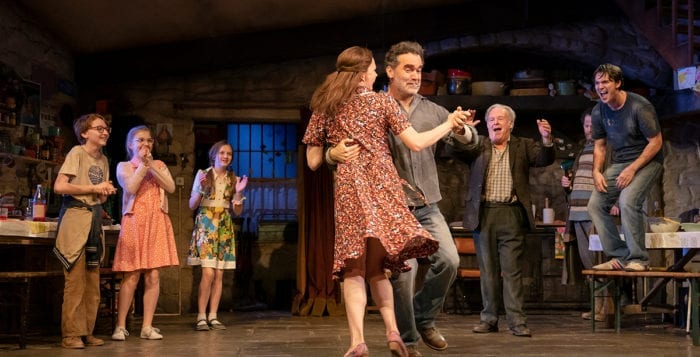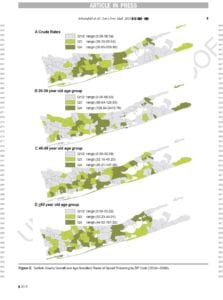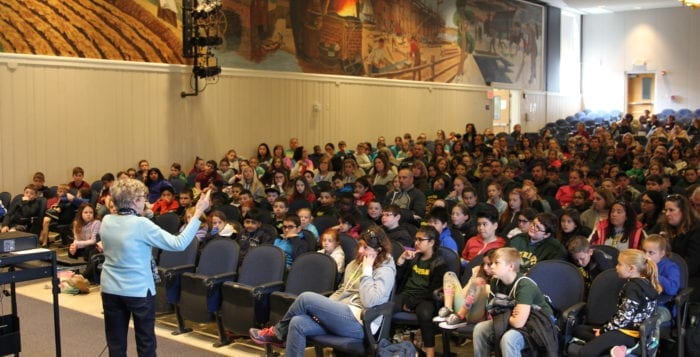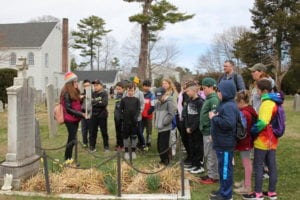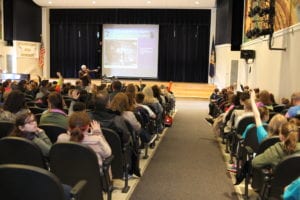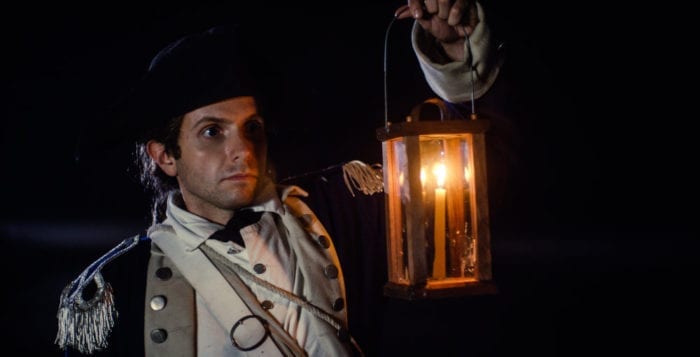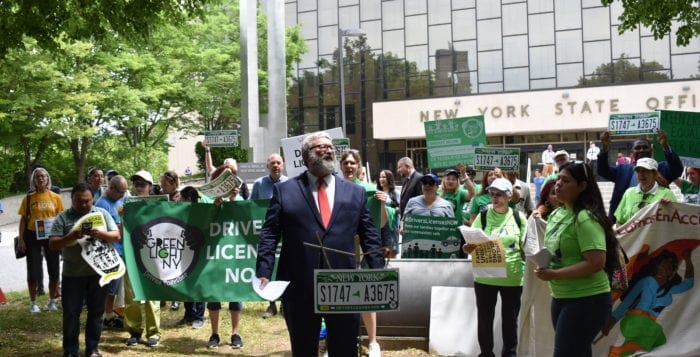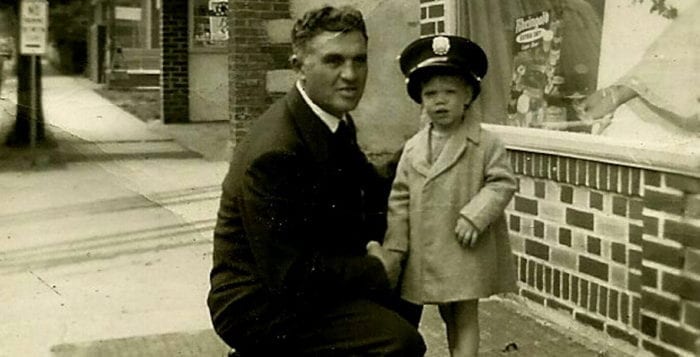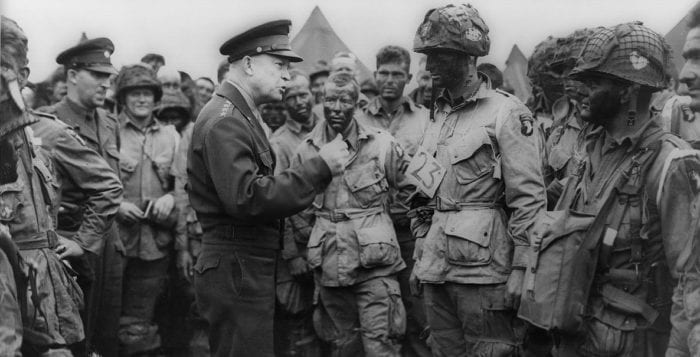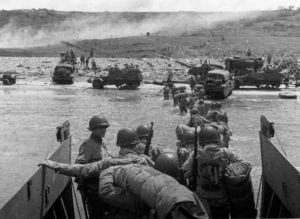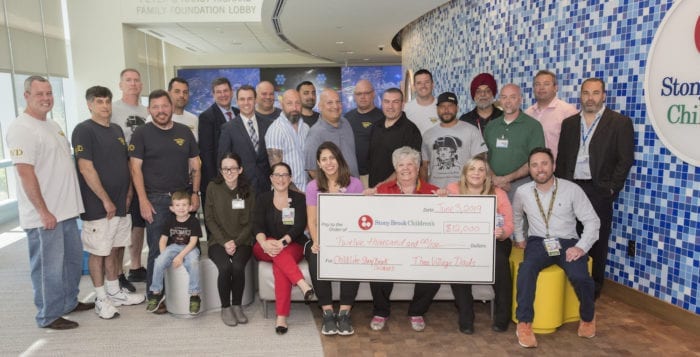By Daniel Dunaief

Breaking up is spectacularly awkward, highly charged and, in retrospect, filled with humorous potential. Two people get together for a picnic, where a public scene might be difficult for the recipient.
“Want some tabouli? What is tabouli anyway?”
“No thanks, and I don’t know what it is. You ordered it, not me.”
“Good point, so, I was thinking. It’s probably a good time for us to separate.”
“Um, what, excuse me?”
The lip quivers, the breathing becomes short and erratic and the eyebrows, shoulders and neck all droop at the same time.
“No, yeah, I mean, you’re great and this has been a total blast but, you know, it’s just, I don’t know, it’s not working for me.”
“A total blast? You’d call this a total blast? Besides, nothing is perfect. I know my family can be difficult and I know I wake up with bad breath and I do, on occasion, correct your speech, but we can work around that. Don’t you want to try to make it work?”
“I’m thinking that it’s probably time to do other things. I’m thinking of moving to Vancouver and you hate the cold.”
“Vancouver? Really? Wait, have you been seeing other people? You and my sister get along a little too well. As soon as you start dating her, she won’t be interested. I know I share genes with her, but she’s a horrible person who has ruined my life over and over again.”
“No, really, this has nothing to do with your sister. I wouldn’t do that to you or myself, especially after what you just said.”
“Oh, so, now there’s something wrong with my sister? At least she’s not dumping me.”
“No, no, I think we have a great friendship and I’d like to stay in touch.”
“You’d like to stay in touch? After all we’ve been through, you’re offering me your friendship? You’re not even that good of a friend. You rarely listen and you forget all the important dates in the year and you always want to go to the same restaurants, even though we have so many other choices.”
“Right, exactly, I’m so boring, so maybe you’re ready to be done with me?”
“Why do we have to end it now? It’s not like I was expecting to marry you. I can’t imagine having a younger version of you in the house. You can somehow shoot baskets from all over a gym floor that land in a hoop, but you have no ability to throw the dirty T-shirt you wore to play basketball into a much larger hamper that’s also closer to the ground, even though you roll the shirt into a ball.”
“I agree. You could do so much better.”
“I’m sure there are plenty of better people out there, but we had some fun, right? We were supposed to go to that dinner next Saturday with the Smiths. They’re your friends, so maybe we should see what works between now and then?”
“It’s OK, I already canceled that.”
“What? That horrible person Jessica Smith knew you were going to break up with me before I did? How could you do this to me?”
“Sorry, I didn’t tell them anything. I just said we couldn’t make it.”
“We couldn’t make it because you were going to break up with me today over tabouli. You’re an idiot.”
“Right, well, maybe we shouldn’t stay in touch?”
“Oh, so now I’m not good enough to be your friend?”
“I’m going to be a boring idiot elsewhere.”
“Wait, you’re leaving me?”
“Yes, and I’ve googled ‘tabouli.’ It’s a Lebanese salad with vegetables, wheat and parsley, just so you know.”


